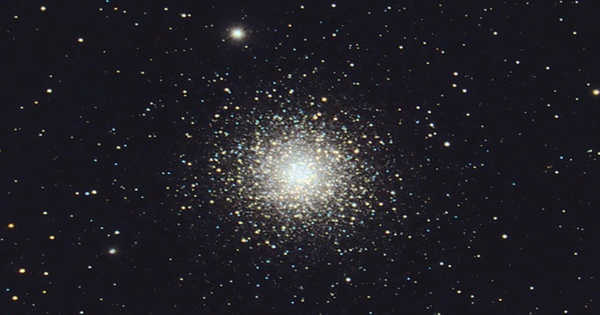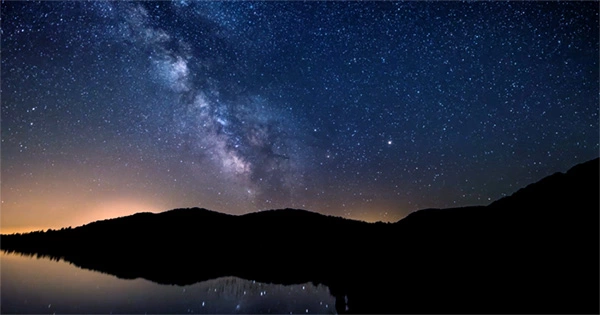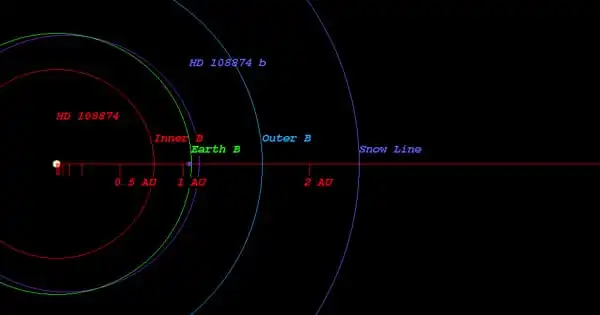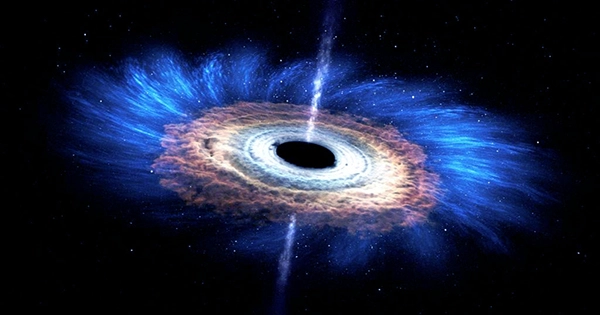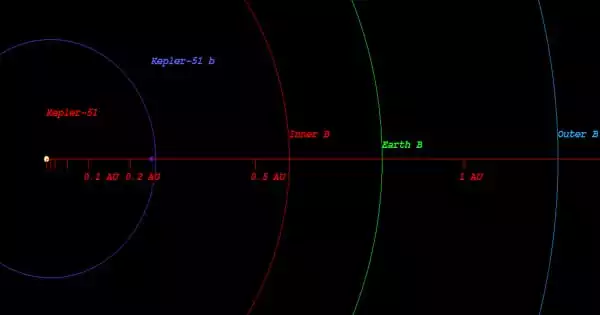Messier 15 is a globular cluster in the Pegasus constellation. Jean-Dominique Maraldi discovered this globular cluster in 1746. M15 is approximately 33,600 lightyears from Earth and 175 lightyears across. It contains over 100,000 stars, 112 variable stars, and eight pulsars. Pease 1, the first planetary nebula discovered in a globular cluster, is also found in M15.
Globular clusters are densely packed, symmetrical collections of stars that orbit primarily in the extended star halos that surround the majority of spiral galaxies. Globular clusters contain some of the galaxy’s oldest stars and are thought to have formed early in the galaxy’s history.
M15 is a spectacular swarm of stars discovered in 1746 by Jean-Dominique Maraldi, an Italian astronomer looking for comets. This globular cluster is one of the densest ever discovered, with very hot blue stars and cooler orange stars converging on its bright core. M15 is 33,600 light-years away from Earth in the constellation Pegasus. The cluster, which has an apparent magnitude of 6.2, can be seen with binoculars. The best month to see it in October.
M15 was the first known globular cluster to contain a planetary nebula (the gaseous shell of a dying star). Pease 1 was discovered by Francis G. Pease in 1928 and is one of only four planetary nebulas known to exist within a globular cluster. Pease 1 is visible in this image as the large, bright blue object to the left of the cluster’s center.
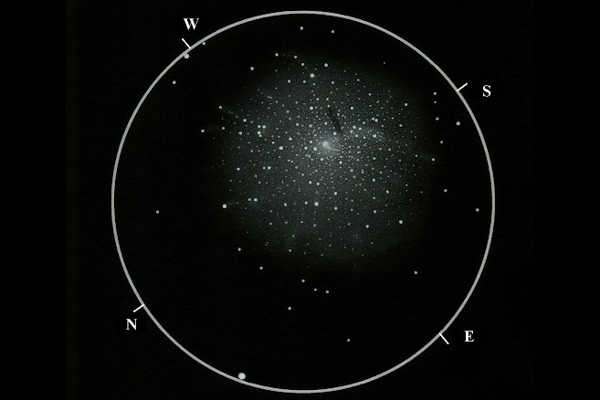
Characteristics
M 15 is approximately 33,600 light-years away from Earth and 175 light-years across. It has an absolute magnitude of 9.2, implying a total luminosity of 360,000 times that of the Sun. Messier 15 is one of the Milky Way galaxy’s most densely packed globular clusters. Its core has contracted, a phenomenon is known as “core collapse,” and it has a central density cusp with a massive number of stars surrounding what could be a central black hole.
This cluster has also been discovered to be home to a rare type of black hole at its core: an intermediate-mass black hole. Supermassive black holes can be billions of times more massive than the sun and can be found at the center of galaxies. Smaller “stellar” black holes, on the other hand, have masses on the order of 10 solar masses. The black hole thought to exist at the center of M15, on the other hand, has a mass 4,000 times that of the sun.
The cluster, which contains over 100,000 stars, is notable for having a large number of variable stars (112) and pulsars (8), including one double neutron star system, M15-C. Pease 1, the first planetary nebula discovered within a globular cluster in 1928, is also included. Since then, only three more globular clusters have been discovered.
